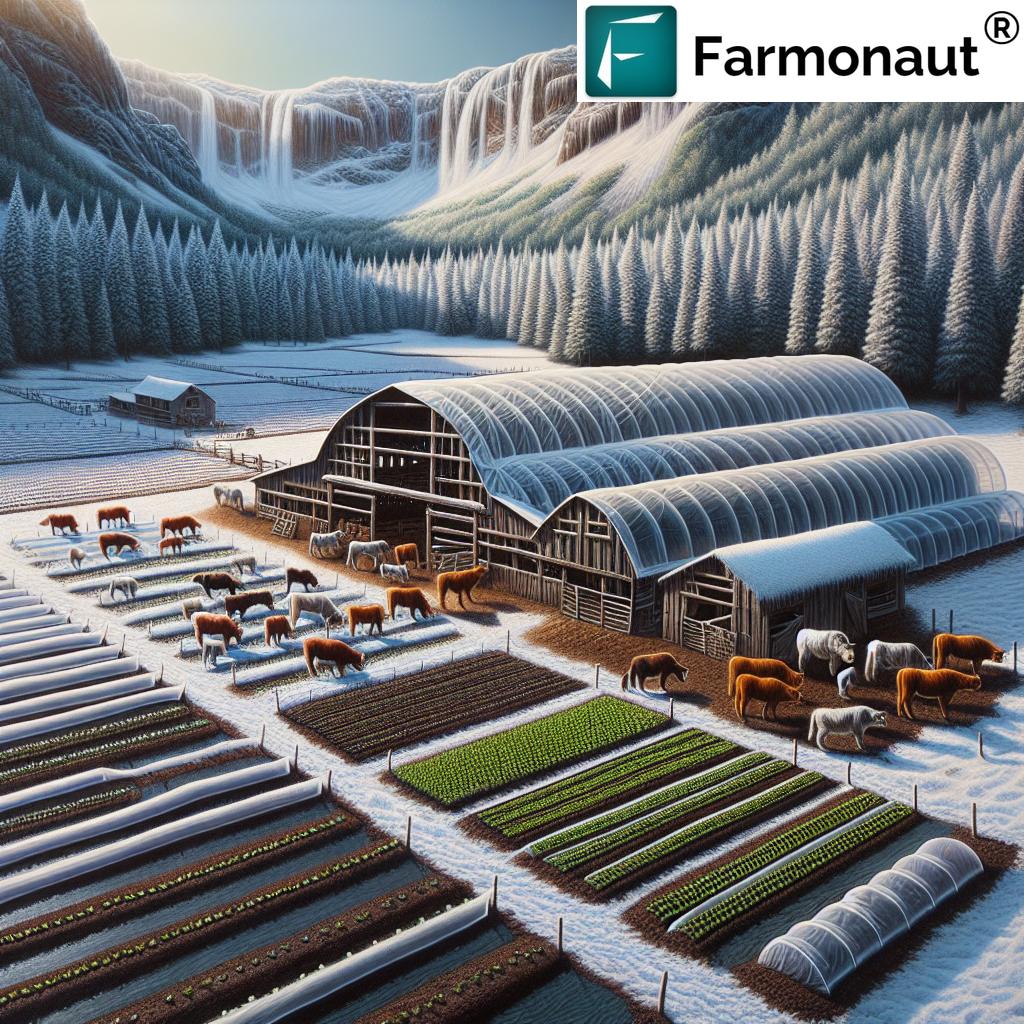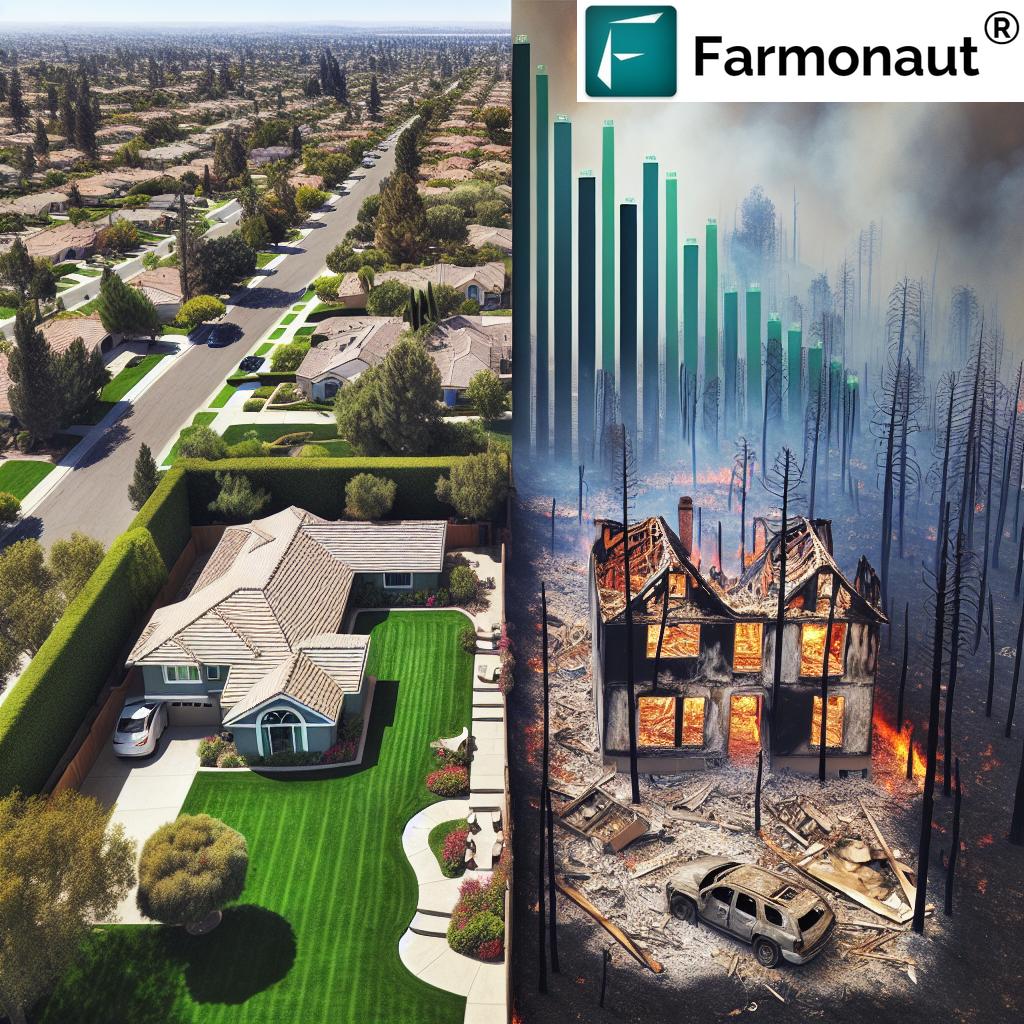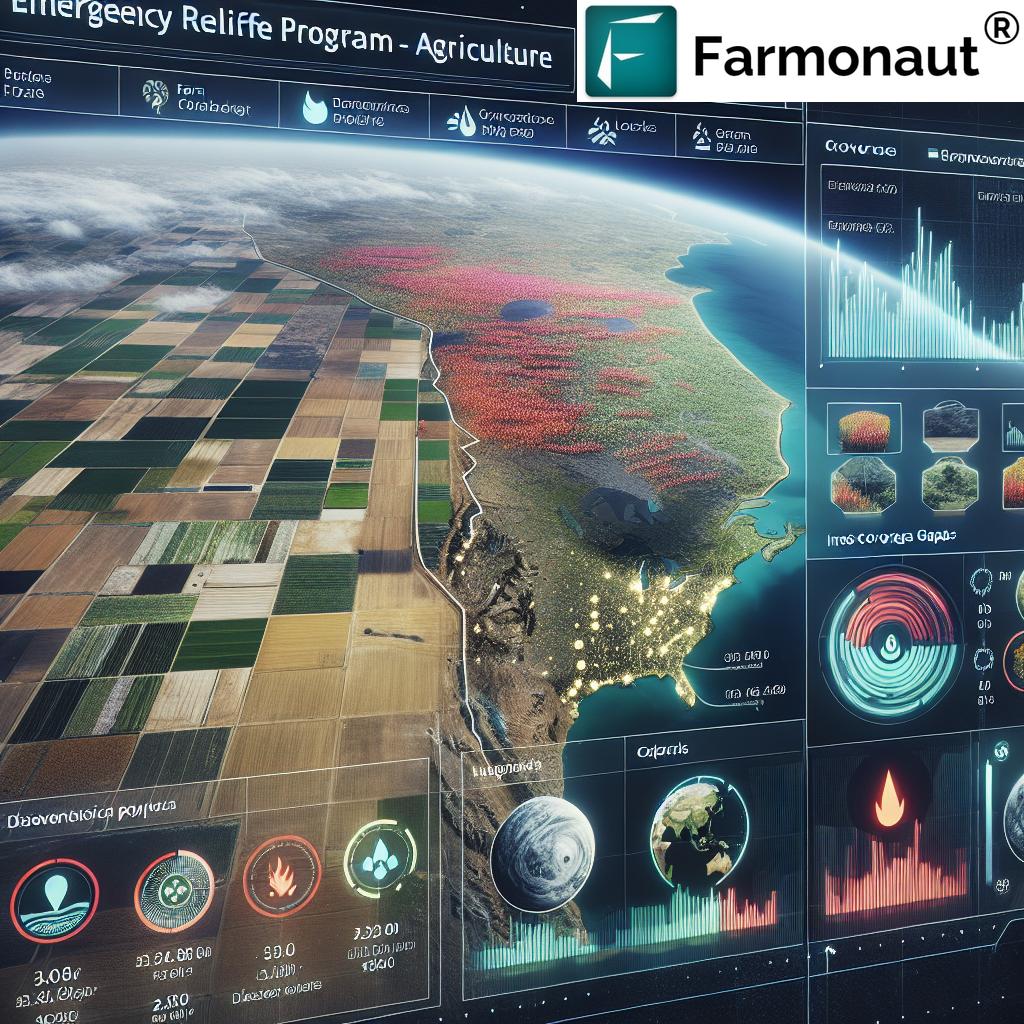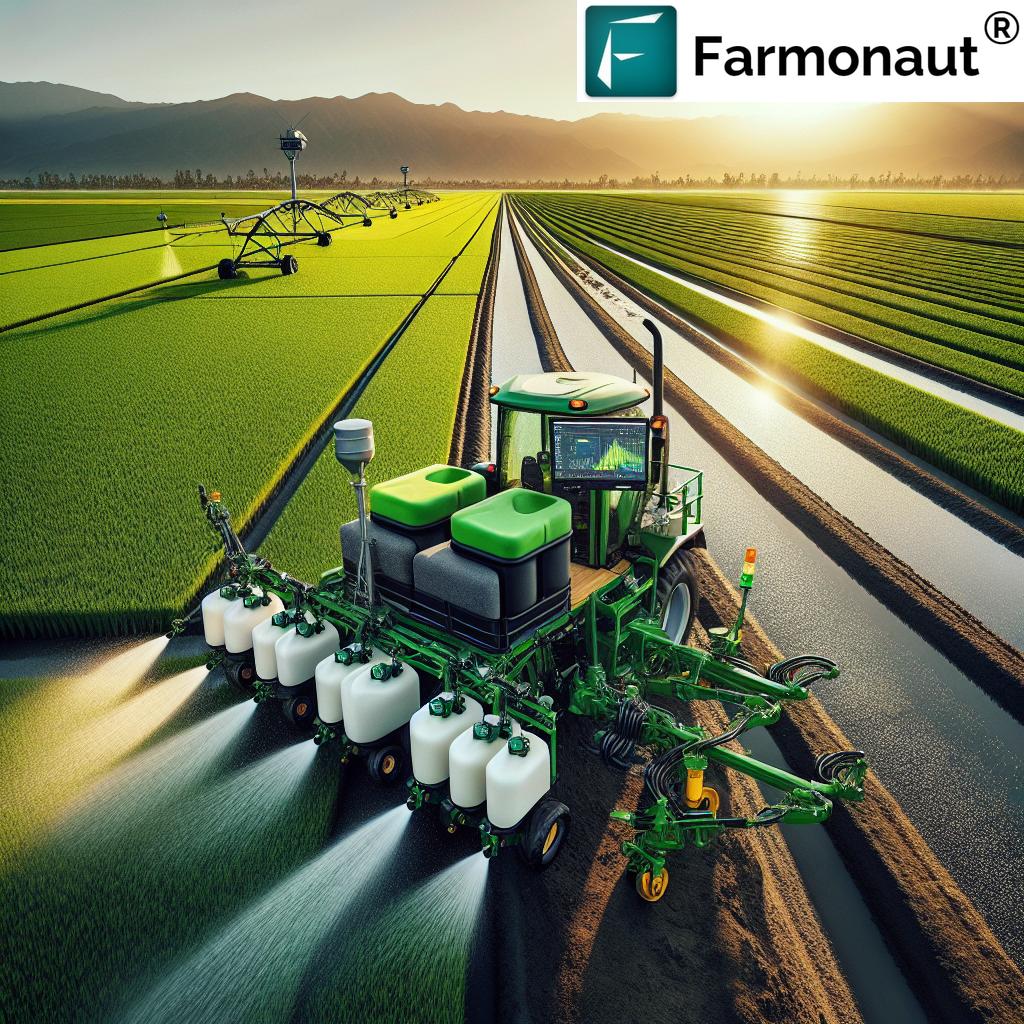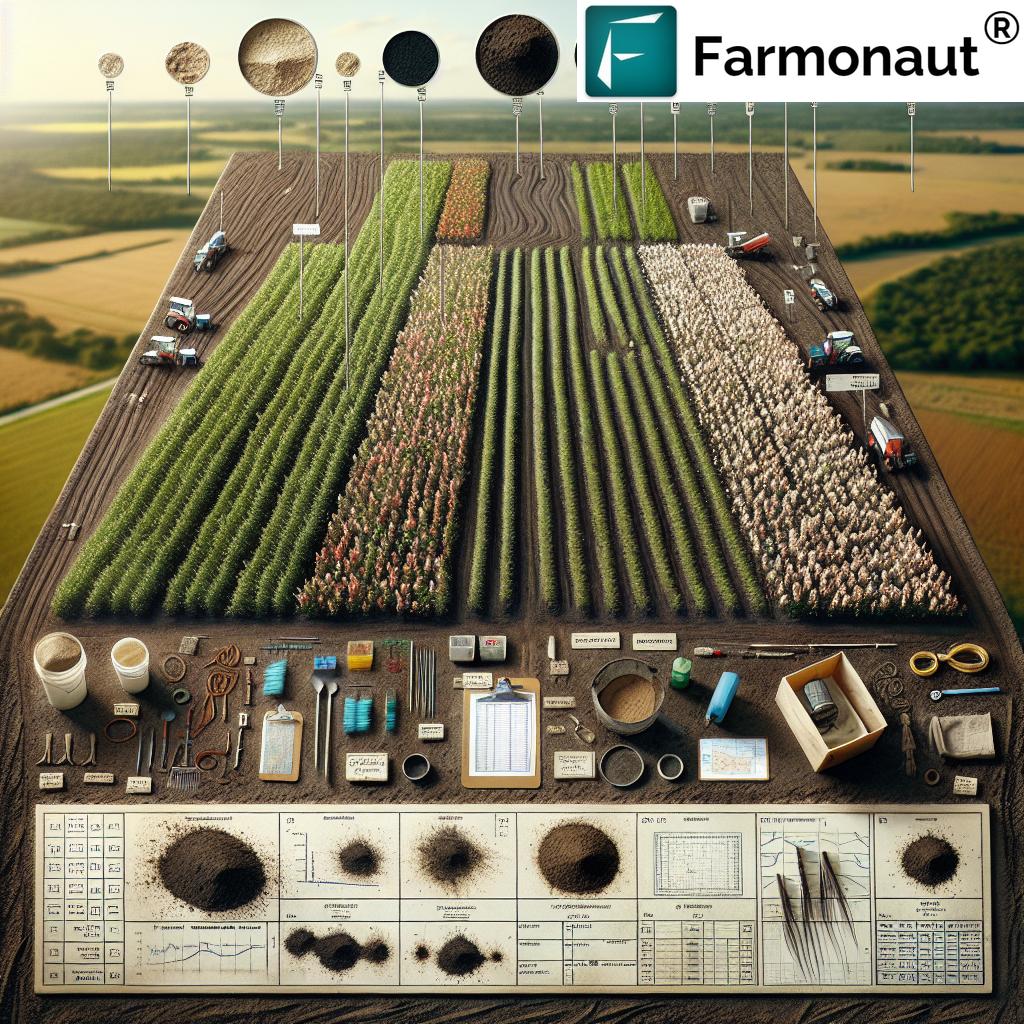Preparing for Freezes in Baton Rouge: 7 Top Protection Tips
Understanding Freeze Risks in Baton Rouge
Baton Rouge is well-known for its lush greenery, vibrant farming operations, and thriving forestry sector. Despite a subtropical climate marked by warm, humid summers, the region is not immune to winter’s grip. While hard freezes are less common, our crops, soil, and livestock can be threatened whenever arctic air plunges south. Whether you’re a seasoned grower, new farmer, or forestry landowner, understanding freeze risk is fundamental for preparing and protecting agricultural, farming, and forestry operations in Baton Rouge and surrounding areas.
- Sudden cold snaps can disrupt plant metabolism, cause ice formation in stems/leaves, and damage roots—threatening crop yields and long-term soil health.
- Forests can experience bark splitting, branch diebacks, and root system damage. Livestock exposed to cold winds and inadequate shelter may suffer stress or illness.
- Our region’s subtropical climate lends itself to unique opportunities—and unique responsibilities—for freeze preparedness. Those who implement robust protection measures stand ready to thrive every season.
Freeze protection for crops Baton Rouge and Baton Rouge agricultural freeze preparation are more than seasonal tasks—they are cornerstones of sustainable agricultural, farming, and forestry activity. Let’s explore exactly what we can do to bolster our productivity and ensure resilient local ecosystems.
“Soil temperatures in Baton Rouge can drop below 32°F during winter, risking over 40% of unprotected crops.”
7 Top Freeze Protection Tips for Baton Rouge Agriculture, Forestry, and Livestock
To sustain Baton Rouge’s agriculture and maintain forest and livestock health, we need a comprehensive strategy combining traditional and modern freeze protection measures. Here’s our collective, research-driven guide:
1. Mulching for Crop, Forest, and Soil Resilience
Why Focus on Mulching?
Mulching for crop resilience is a tried-and-true method expressly geared toward soil moisture retention in winter, stabilization of soil temperatures, and improved crop root health. Mulch acts as a natural blanket over the soil, minimizing freeze penetration and promoting long-term productivity.
- Application: Apply a 2–4 inch layer of mulch (such as straw, pine needles, bark chips, or composted leaves) around base of plants and forest saplings.
- Function: Reduces evaporative water loss, insulates plant roots, and suppresses weed competition—critical for winter farming tips for Baton Rouge and beyond.
- Benefits for Soil: Prevents frost heaving, limits soil erosion, and fosters beneficial microbial life, enhancing soil health even during dormant months.
- Forestry Insight: Mulching is essential around young trees and reforested areas in region, supporting successful forest regeneration.
Fun Fact: Our region’s mulching can prevent temperature inconsistencies that damage delicate plant root systems during hard freezes.
Remember: Organic mulch also adds slowly-released nutrients back into Baton Rouge’s agricultural soils.
Tip: Moist soil retains heat better than dry soil—always water deeply before applying winter mulch!
For those managing large-scale operations, tools like Farmonaut’s large-scale farm management system help monitor mulch coverage status across distributed fields, ensuring effective coverage.
2. Irrigation Techniques for Cold Snaps & Soil Health
Why Irrigate Before a Freeze?
Irrigation techniques for cold snaps help safeguard crops and trees from freeze damage by leveraging the soil’s heat capacity. Moist soil has greater thermal retention, absorbing heat during the day and slowly releasing it through a cold night.
- Apply water 24–48 hours before the freeze. Avoid overwatering—standing water can freeze and harm roots.
- Consider drip or low-pressure sprinklers for efficient water distribution without wastage.
- Monitor soil moisture using remote sensing with Farmonaut’s real-time soil moisture monitoring on Android, iOS, and web apps— receive actionable insights on when and how much to irrigate.
- Automate your irrigation with satellite alerts to protect sensitive beds (especially strawberries, spinach, and leafy greens).
Benefit: Proper irrigation reduces root desiccation, supports healthy soil organisms, and protects crops from rapid temperature fluctuations.
Pro-Tip: Use data-driven alerts from Farmonaut API (API info, developer docs) to integrate freeze warnings and customized irrigation schedules into automated farm setups or digital dashboards.
3. Row Covers, Blankets, and Crop Shields
Using Crop Covers in Baton Rouge Agriculture:
Row covers provide an extra barrier between susceptible crops and freezing air. These physical protections enhance baton rouge agricultural freeze preparation and support safeguarding crops from freeze damage.
- Lightweight Row Covers: Made from spun-bonded polyester or polypropylene fabrics, these allow sunlight and rain while trapping warmth near plants. Excellent for strawberries, lettuce, and other low-growing crops.
- Frost Blankets: Thicker, reusable materials ideal for more severe forecasts—best used for tender varieties such as young tomatoes, cucurbits, and citrus seedlings.
- Plastic Sheeting: Clear plastic can offer a greenhouse effect for emergency protection. Always secure the edges and provide ventilation during sunny days to avoid plant overheating.
Important: Remove covers promptly after warming to restore natural air circulation, prevent fungal issues, and maximize plant health and food quality.
Use Case: Our crop, plantation, and forest advisory features give customized alerts on optimal cover deployment, considering Baton Rouge weather trends and specific crop vulnerabilities.
4. Protecting Livestock from Cold Weather
Livestock and companion animals are part of our extended farm family—protecting livestock from cold weather is integral to overall Baton Rouge farm resilience. Here’s our framework for success:
- Adequate Shelter: Animals need windbreaks (barns, sheds, deep bedding) to reduce heat loss.
- Nutrition: Energy requirements climb in the cold. Provide nutrient-rich forage and grains alongside water to help maintain warmth and productivity.
- Water Access: Check tanks for ice multiple times daily. Heated troughs or frequent manual breaking ensure continuous access.
- Health Surveillance: Monitor for shivering, lethargy, or unusual behavior—cold stress can exacerbate infections or respiratory problems.
- Pet Safety: Bring pets indoors during freezes or ensure insulated, dry bedding. Avoid using antifreeze, which is attractive but deadly for pets.
For regular, satellite-aided monitoring of remote pastures and herds, we recommend using Farmonaut’s fleet and resource management toolkit—critical for distributed livestock operations in the Baton Rouge region.
5. Forestry Freeze Management Strategies for Baton Rouge
Forestry freeze management strategies are key for sustaining healthy forests and timber productivity throughout Baton Rouge’s winter. Our process includes:
- Mulching Around Young Trees: Application around roots improves insulation while retaining precious soil moisture.
- Pruning: Remove dead/diseased wood before freeze events to minimize storm damage and disease spread.
- Monitoring and Early Detection: Use remote sensing technology, including carbon footprint monitoring tools from Farmonaut, to assess ecosystem impact and identify post-freeze vulnerabilities quickly.
- Species Diversification: Prioritize planting of native/cold-hardy species adapted to Baton Rouge’s freeze cycles.
Pro-Tip: Satellite-aided mapping enables precise forest assessment, detecting bark splitting and crown loss with actionable alerts.
6. Strategic Scheduling: Crop Harvest & Winterization
Why Prioritize Early Harvest or Crop Timing?
For vulnerable or late-season crops (such as tomatoes, bell peppers, and certain citrus), harvesting before a projected freeze preserves quality and minimizes loss. Strategic scheduling brings efficiency to winter farming tips for baton rouge and maximizes each crop’s market potential.
- Advance Forecasting: Farmonaut’s mobile/web apps supply hyperlocal weather data and freeze alerts—ideal for planning proactive harvests or temporary field closures.
- Staggered Planting: Plant freeze-sensitive crops in succession to distribute risk throughout the winter period.
- Soil Testing: Evaluate nutrient content post-harvest and amend with potassium-rich fertilizers for improved winter resilience.
Benefit: Early harvest helps safeguard farm profits, ensures continued soil fertility, and prevents unnecessary post-freeze disposal.
7. Crop and Forest Species Selection and Adaptation in the Baton Rouge Climate
Climate adaptation in agriculture is increasingly crucial for long-term Baton Rouge resilience. Species selection and choosing cold-hardy varieties are cost-effective yet vital facets of our freeze planning.
- For Crops: Select varieties rated for regional hardiness. Rootstock choice for citrus (e.g., trifoliate orange) elevates freeze tolerance and establishment success.
- For Forestry: Native and naturally cold-tolerant tree species (such as certain oaks, pines, and maples) reduce the risk of winter dieback and enhance ecosystem stability.
- Data-Driven Choices: Utilize Farmonaut’s satellite insights to monitor microclimates and tailor field-by-field species strategies.
Pro-Tip: Both agriculture and forestry operations benefit from biodiversity—a mix of genetics and species buffers against extreme events and future climate variability.
The result: resilient yields, healthy livestock, and thriving forests—hallmarks of a robust Baton Rouge agricultural landscape.
Effectiveness of Freeze Protection Methods for Baton Rouge Agriculture
| Protection Method | Estimated Cost | Implementation Time | Estimated Temp Protection (°F) | Environmental Impact | Suitability (Forestry/Crops/Soil) |
|---|---|---|---|---|---|
| Mulching | $50–$350/acre | 1–3 days/field | 2–5°F | Low (organic, enriches soil) | Crops, Soil, Young Forests |
| Irrigation (Pre-Freeze) | $10–$80/acre/event | 12–24 hrs before freeze | 3–5°F | Low, with proper scheduling | Crops, Soil |
| Crop Covers/Row Covers | $100–$600/acre | 4–8 hrs | 4–8°F | Moderate (reusable, some plastics) | Crops |
| Wind Machines | $12,000–$18,000/unit | 2–5 days | 4–6°F (local impact) | Moderate (energy use) | Orchards, Large Farms |
| Heaters | $800–$6,000/acre | 6–24 hrs setup | 6–9°F | Moderate–High (emissions) | High Value Crops, Orchards |
| Row Orientation | Negligible (initial) | During planting | 1–2°F | None | Crops, New Plantings |
| Early/Strategic Harvesting | Low–Moderate | 1–3 days | N/A (Prevents loss) | Low | Crops |
Use this table as a quick-reference guide to determine the best protection strategies for your Baton Rouge farm, forest, or livestock operation. Balance cost, environmental impact, and application scope for optimal outcomes!
Farmonaut Technologies for Resilient Baton Rouge Agriculture
At Farmonaut, our mission is to deliver affordable, real-time, satellite-based farm management tools that empower Baton Rouge farmers, agribusinesses, and forest managers. How do our solutions elevate freeze protection for crops Baton Rouge and optimize climate adaptation?
-
Remote Satellite Crop and Soil Monitoring:
Detect freeze stress, soil moisture retention, and changing vegetation health using NDVI and advanced satellite indices directly from your mobile, web, or browser app. -
AI-Powered Advisory via Jeevn AI:
Receive targeted, field-specific advice on irrigation, mulching schedules, crop covers, and more. Satellite-linked recommendations make climate adaptation in agriculture actionable. -
Weather & Satellite API:
Direct integration of hyperlocal weather forecasts, freeze alerts, soil & crop metrics—find documentation here (API developer docs). -
Fleet & Livestock Resource Management:
Monitor and allocate resources for livestock shelter, pasture access, and winter feeding using Farmonaut’s fleet and resource management toolkit. -
Blockchain Traceability & Carbon Footprinting:
Track every stage of your product’s journey and carbon emission levels for sustainable, freeze-smart farm management. See our traceability solution and carbon footprinting tool for transparency and environmental impact reporting.
Ready to get started? Download our Farmonaut apps for instant access, or enquire about large-scale management solutions for commercial operations!
Community Resources, Institutional Support, and Helpful Links
- Louisiana Department of Agriculture and Forestry (LDAF): Provides region-specific guidance, financial incentives (Forest Productivity Program), and technical assistance for baton rouge agricultural freeze preparation. Learn more via LDAF’s Forest Productivity Program.
- Louisiana State University (LSU) AgCenter: Publishes timely alerts, best practices, and research updates for crop and freeze management in the region.
- Farmonaut Resource Library: Stay updated with data-driven articles, crop advisories, and satellite-powered monitoring instructions for year-round resilience.
Frequently Asked Questions – Freeze Protection in Baton Rouge
Mulching, pre-freeze irrigation, and row covers are the most efficient, cost-effective, and sustainable approaches for small-to-medium farms. These practices boost soil moisture retention in winter and insulate sensitive crops from short freezes.
Q2. How does Farmonaut help with freeze predictions and proactive management?
Farmonaut’s remote-sensing platform delivers real-time field status, crop health alerts, and weather warnings directly to mobile/web dashboards. This helps landowners schedule, automate, and monitor protection measures throughout the Baton Rouge region.
Q3. Can I use Farmonaut for both crop management and forest monitoring?
Absolutely. Farmonaut supports crop, plantation, and forest advisory needs, whether you’re running a row crop operation, mixed-use farm, or forestry enterprise.
Q4. How do irrigation and mulching complement each other in freeze protection?
Irrigation increases soil heat capacity, while mulching traps warmth and prevents rapid loss. Together, they optimize root temp stability and maximize soil moisture retention in winter.
Q5. Which Farmonaut product best aids large operators with livestock, crop, and forestry management?
Farmonaut’s large-scale management tools and fleet management features are tailored for integrated, satellite-assisted oversight of vast operations.
Q6. Can Farmonaut data improve my carbon and sustainability reporting?
Yes—use carbon footprinting and traceability modules for auditable, environmental and supply chain transparency.
Conclusion: Building Baton Rouge Agricultural Resilience
While freezes may be infrequent in Baton Rouge, their sudden arrival can spell trouble for those unprepared to protect crops, livestock, soil, and forests. By proactively investing in mulching, irrigation, crop covers, and livestock care, we can minimize risk and sustain productivity through resilience.
Integrating remote sensing, AI-based farm advisories, and tailored management technologies from Farmonaut ensures that Baton Rouge’s agriculture and forestry sectors remain at the cutting edge of climate adaptation. Stay informed, act early, and leverage the power of technology to keep your operation thriving—whatever winter brings!
Ready to transform your freeze protection strategy? Download Farmonaut on Android, iOS, or Web and access the future of sustainable, smart farming in Baton Rouge.






